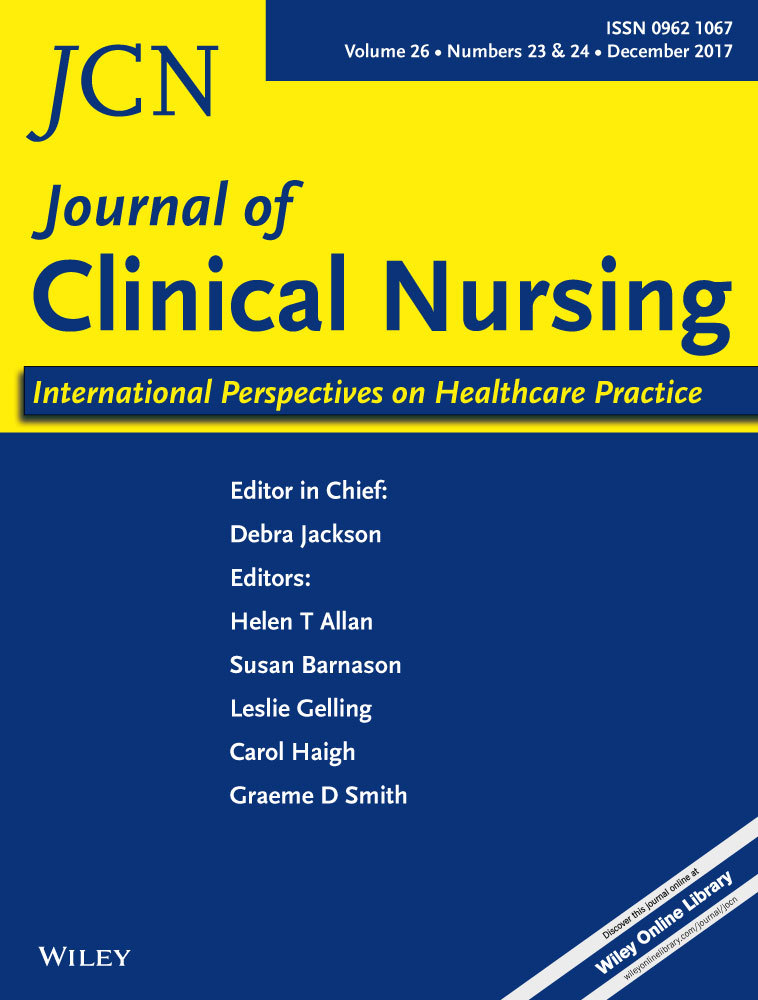Characteristics of communication with older people in home care: A qualitative analysis of audio recordings of home care visits
Abstract
Aims and objectives
To describe the characteristics of communication practice in home care visits between older people (over 65 years old) and nurse assistants and to discuss the findings from a person-centered perspective.
Background
The older population is increasing worldwide, along with the need for healthcare services in the person's home. To achieve a high-quality care, person-centered communication is crucial.
Design
A descriptive design with a qualitative inductive approach was used.
Method
Fifteen audio recordings of naturally occurring conversations between 12 nurse assistants and 13 older people in Norway were analysed by qualitative content analysis.
Results
Four categories were revealed through analysis: (i) supporting older people's connection to everyday life; (ii) supporting older people's involvement in their own care; (iii) attention to older people's bodily and existential needs; and (iv) the impact of continuity and predictability on older people's well-being.
Conclusions
The communication between the older people and the nurse assistants during home care visits was mainly task-oriented, but also related to the person. The older people were involved in the tasks to be carried out and humour was part of the communication. Greater attention was paid to bodily than existential needs. The communication was connected with the older people's everyday life in several ways. Time frames and interruptions concern the older people; hearing and speech impairments were a challenge to communication. To enhance person-centred communication, further studies are needed, especially intervention studies for healthcare professionals and students.
Relevance to clinical practice
Being responsive to older people's subjective experiences is important in meeting their needs in home care. Communication that addresses the need for trust and predictability is important for older people. Responding to existential needs require more attention. The home care setting has an impact on communication.




